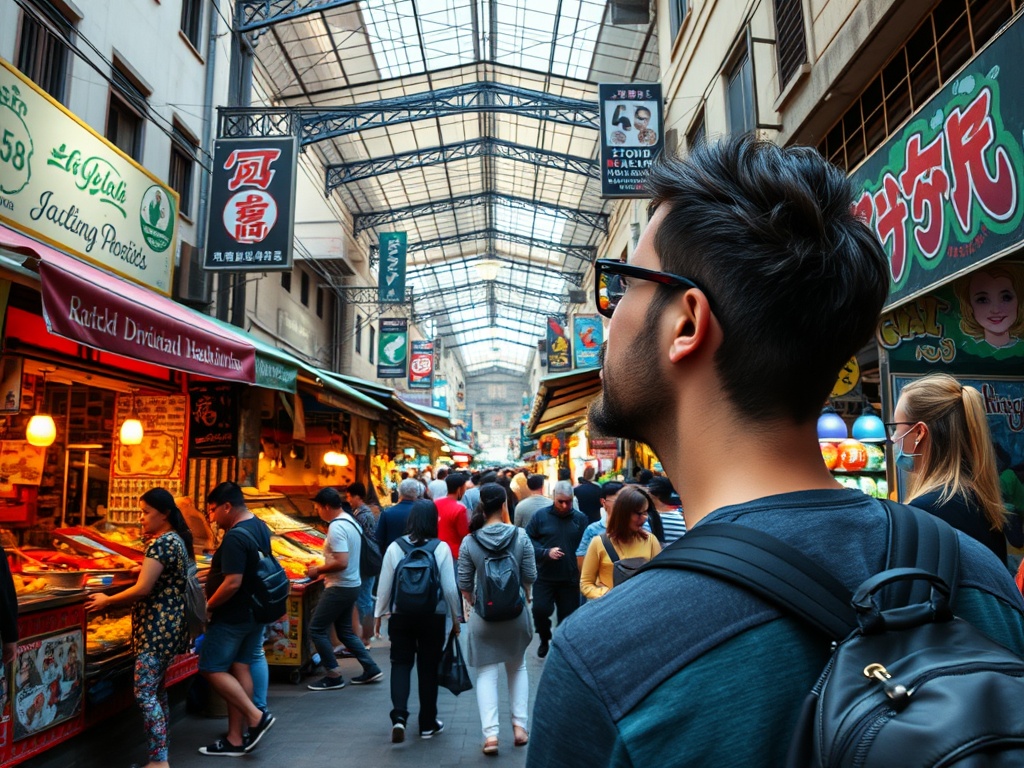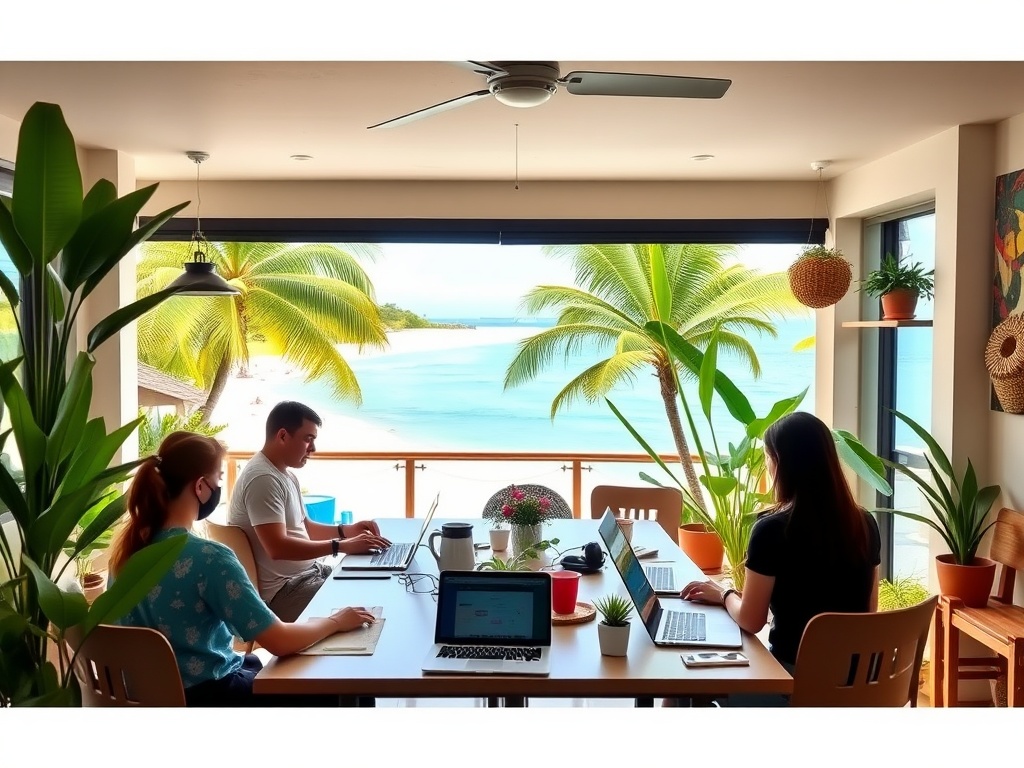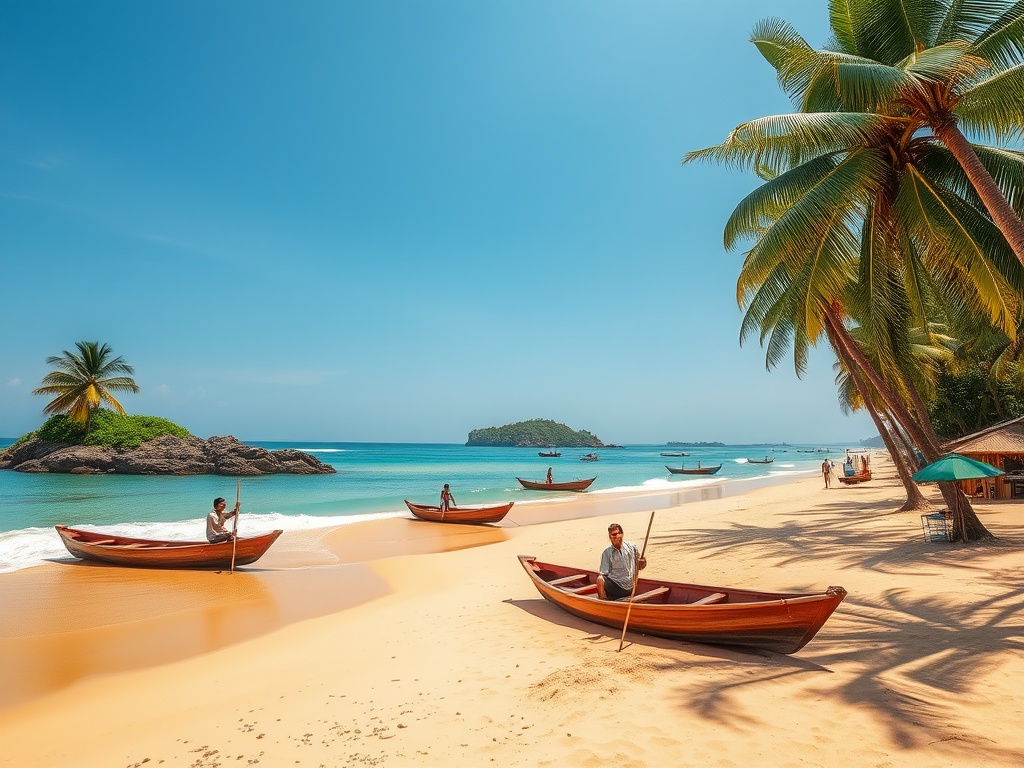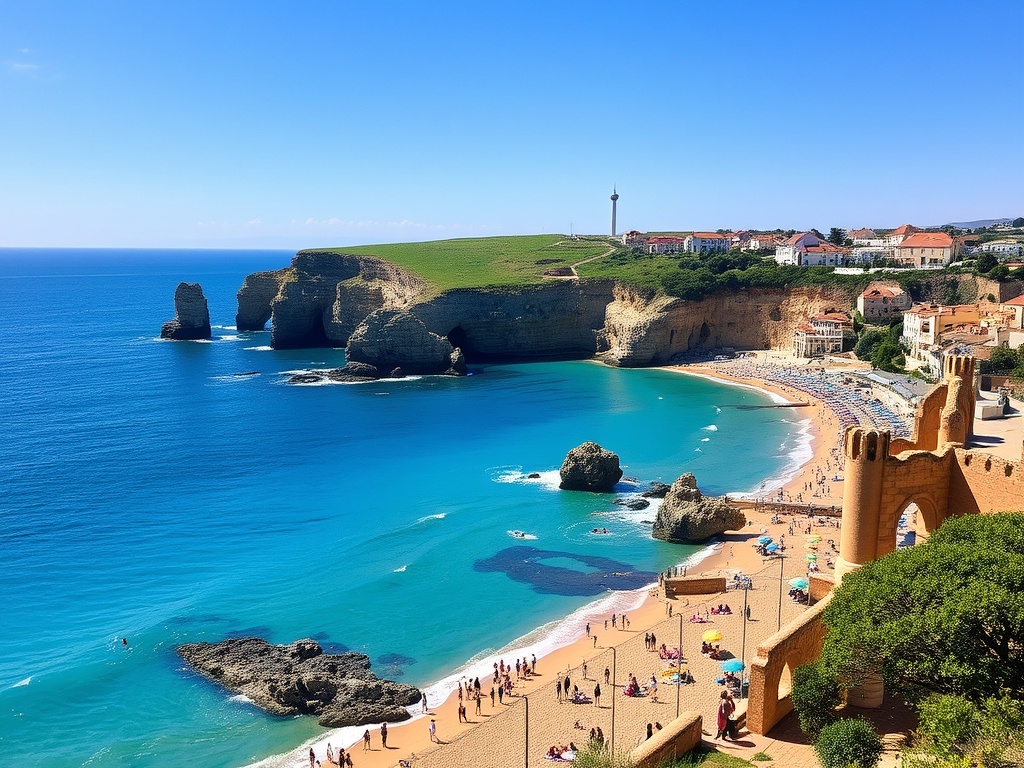The Rise of Digital Nomadism

With an increasing number of countries introducing digital nomad visas, the allure of a nomadic lifestyle is becoming more enticing for many. A recent study conducted by the Wyse Travel Confederation in 2023 projected that the global population of digital nomads could soar to 60 million by 2030, a significant rise of 20 million compared to 2023.
Among those embracing this lifestyle is Kate Woodley, a 25-year-old former management consultant from London. Since embarking on her journey in 2021, she first explored the vibrant cultures of Latin America. Currently, she is thriving as a content creator in Colombia, having explored nearly 40 countries as a digital nomad over the past four years, including destinations such as Egypt, the Philippines, and Morocco.
Living Economically on the Road
Life on the move has equipped Kate with valuable lessons on how to live economically while still enjoying her travels. “Choose your destination wisely,” she advises, highlighting Southeast Asia as a region that remains budget-friendly. Kate estimates her monthly expenses, including accommodation, food, and entertainment, to be between £1,000 and £1,500. Despite fluctuations in her income, she manages to save between £800 and £1,600 each month.
Excitingly, Kate plans to launch her own business, Stay Wild Travel, aimed at empowering women to explore lesser-known destinations around the world.
Strategies for Cost-Effective Travel
Accommodation typically represents the largest expense for digital nomads. To mitigate costs, Kate has engaged in house-sitting and volunteered as an English teacher in Colombia, living on a mere £120 for three weeks. This strategy, along with spending a month in self-catering accommodations, not only proves more economical but also allows her to immerse herself in local life. “Being able to buy groceries and cook your own meals can significantly reduce costs,” she explains.
When it comes to lodging, Kate prefers hotels over private hostel rooms, which she finds to be less appealing and often pricier. “You’re essentially paying for the social aspect in hostels,” she notes.
Kate believes in the value of loyalty programs, sharing tips on how to save through platforms like Booking.com, which offers discounts based on usage, and Hotels.com, which rewards users with a free night’s stay for every ten bookings.
Food and Transportation Tips
For meals, Kate recommends asking locals for their favorite dining spots and utilizing reviews on Google Maps to discover hidden gems. “In Southeast Asia, if you see small red plastic chairs outside a restaurant, that’s often a sign of great food at low prices, unlike the typical tourist traps.”
While Eastern Europe generally remains more affordable than its Western counterparts, both regions can be costly. During her travels, Kate often maximized her carb intake, subsisting on supermarket bakery croissants and preparing budget-friendly meals like pesto pasta in her accommodations.
Transport options require careful consideration. Kate uses Skyscanner for flight comparisons and has discovered that opting for short layovers instead of direct flights can save money. “Not only do they often lower costs, but they also provide an opportunity to stretch your legs on long journeys,” she explains. However, she has learned some lessons the hard way. “I once took three flights to Pakistan just to save a couple of hundred pounds, which ended with me sleeping on the airport floor—definitely not an experience I would repeat.”
In Colombia, she has been utilizing low-cost flights, with fares sometimes as low as £30. In Southeast Asia, she finds that overnight buses and trains are often both affordable and comfortable, costing around £15.
Memorable Experiences and Evolving Priorities
One of Kate’s most unforgettable experiences was a 24-hour journey on an “executive” bus from Cusco to Lima in Peru, covering a distance of approximately 670 miles. “Relaxing in a comfortable seat for 24 hours was surprisingly pleasant, especially after being on the move so frequently,” she reflects.
To connect with new places, Kate enjoys joining free walking tours that are available in many cities, providing her with insights and a sense of local culture.
After four years of traveling, Kate’s approach has evolved. She is now willing to spend more for her comfort and happiness, having previously saved money by eating simple meals like cream cheese on bread. “I realized that the sacrifices weren’t worth the savings,” she admits. Investing in experiences rather than luxury accommodations has become a priority for her, with the most extravagant expenditure being a cruise around the Galapagos Islands. “It cost over $1,000 (£795), but it was absolutely worth every penny,” she shares.
Despite occasionally feeling a lack of community, Kate remains committed to her travels. “If I had to return to a conventional life, the hardest aspect to give up would undoubtedly be my freedom,” she concludes.




